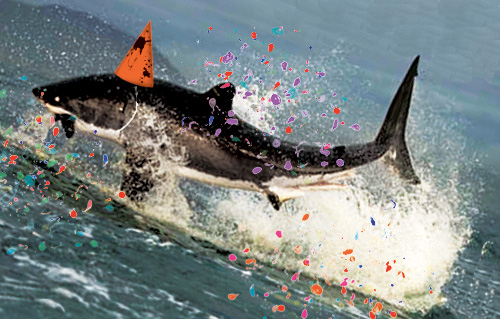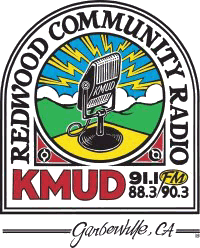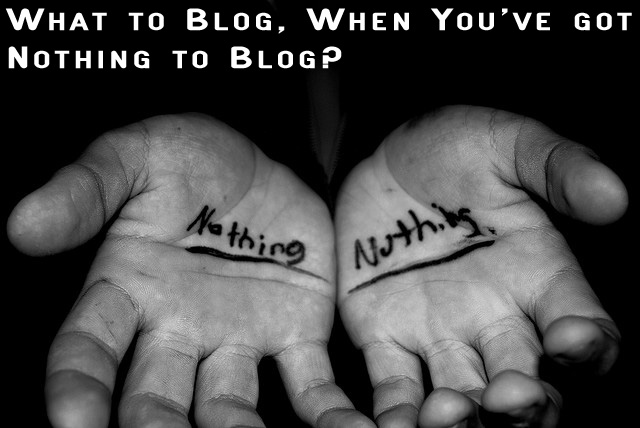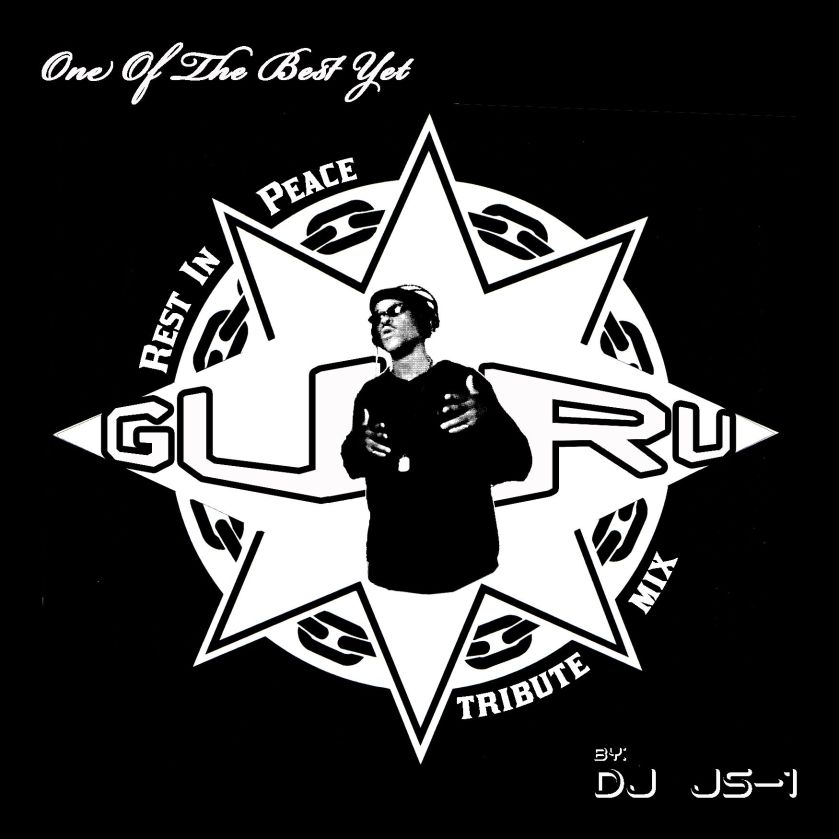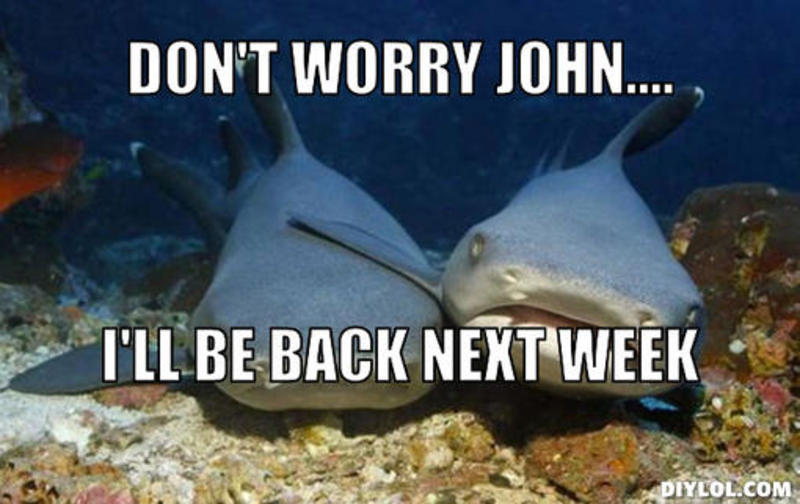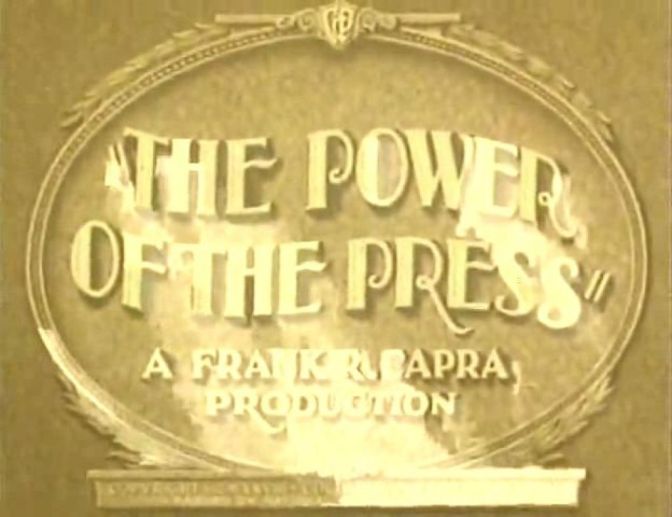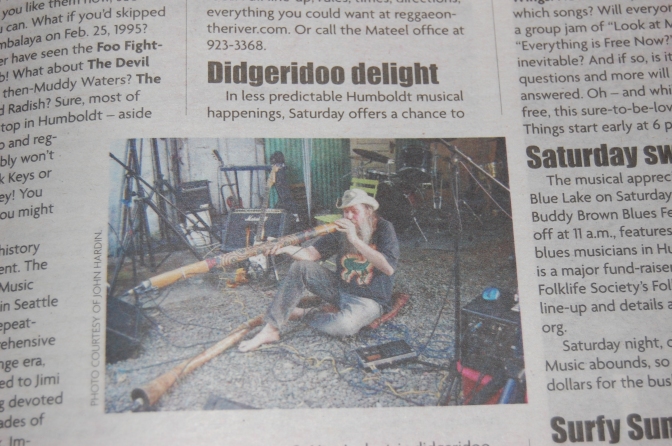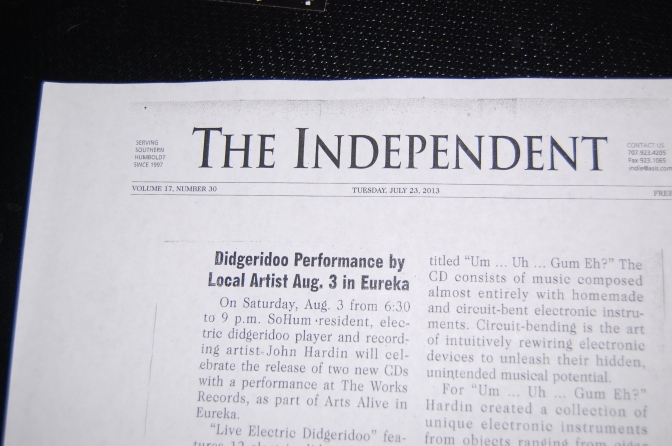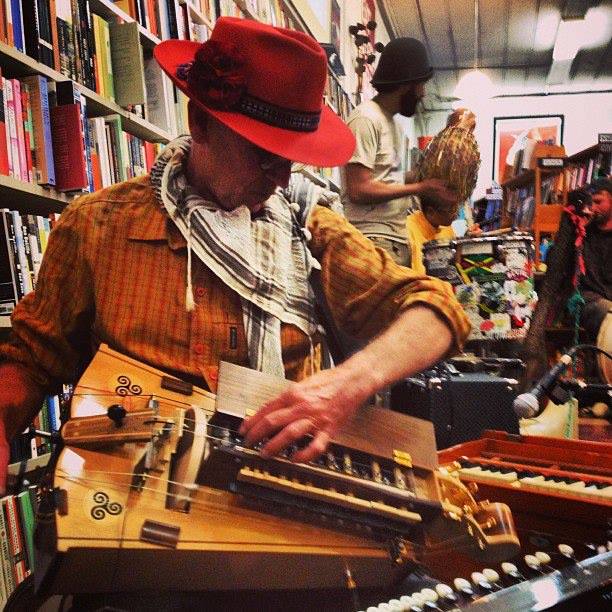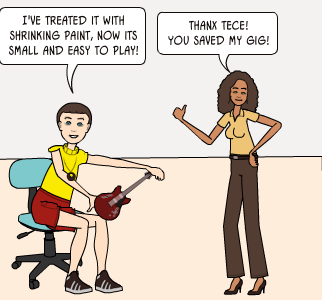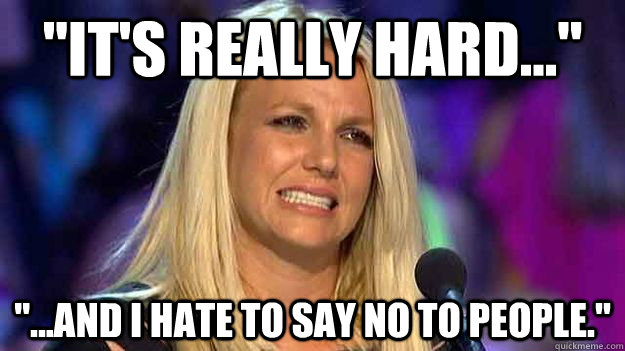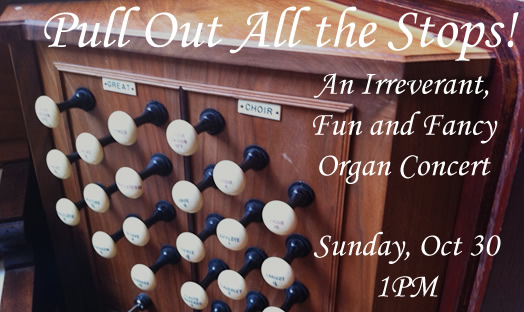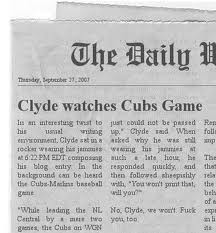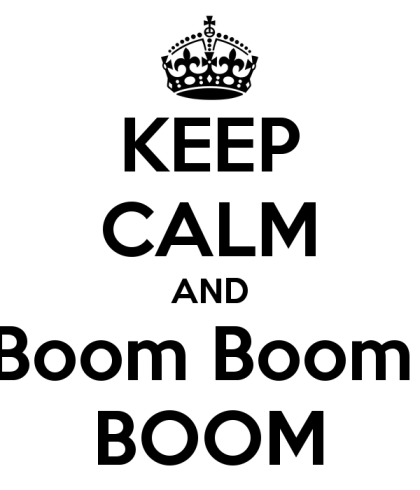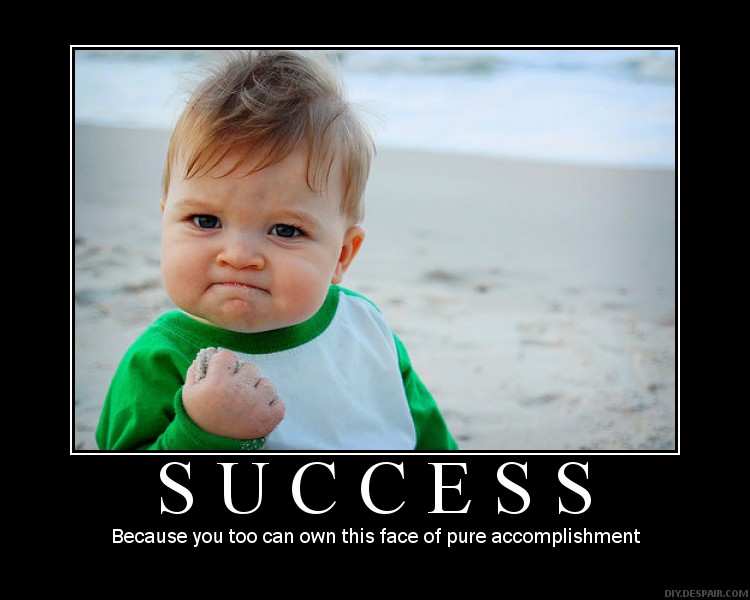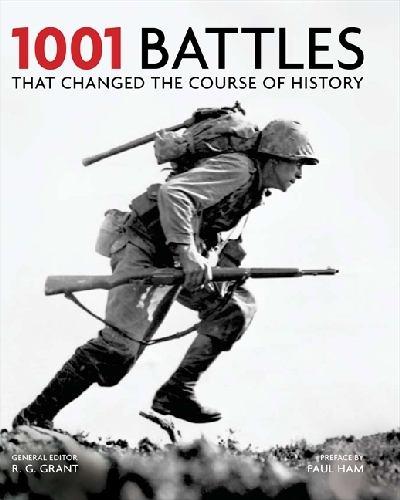On The Money
Financial Advice for the Working-Class
TV Advertizing

Even though our culture was pretty sick before TV, and the age of modern advertizing, advertizing, especially TV advertizing, has dramatically altered our culture. These changes have had a detrimental long term effect on our health, as a culture and as individuals.

On the other hand, capitalism, has benefited greatly from the ubiquity of television, and especially TV advertizing. I sincerely doubt that capitalism could have maintained the pattern of growth necessary to keep it from collapsing, without the dramatic changes in our culture, brought about through TV.

Your great grandparents, who survived the Great Depression, still knew how to make things for themselves, hunted, grew, or at least prepared their own food. They didn’t need an endless string of shiny new distractions to keep their minds off of the emptiness of their lives, partly because their lives weren’t so empty.

They didn’t mind wearing the same patched clothes, day in and day out, because that’s what everyone did. They only bathed once a week. They quilted, sewed, and knitted. They had hobbies, like pigeon racing, amateur radio or spelunking. They played baseball. They played board games with the family. They played the piano and sang. They drank.

They listened to the radio, and bless its little vacuum-tube soul, the radio only tried to sell them stuff based on the merits of the product. The radio told them, for instance, “more doctors smoke Camel cigarettes than any other brand” and “Maxwell House coffee, good to the last drop.” That kind of advertizing seems downright wholesome compared to what lay ahead in the coming age of television.

By the time TV went color, it had already turned our world upside-down. Who benefited from this upheaval? Would capitalism have survived without the huge growth in the soap and cosmetics industries precipitated by the popularity of soap operas? Would Detroit automakers have sold nearly so many cars, without the aid of TV ads? Would that dramatic, across the board increase in consumption have happened without TV? I think not.

Television made cars look exciting. Television made smoking look cool. Television made a suburban middle-class lifestyle look normal. Television went after our children, in a way radio never did, with programming aimed directly at them, full of ads for toys, candy and sugary cereals. Television made Christmas into the orgy of spending that it has become.

Television changed our behavior in ways that made us hungrier for their products, and measured their success only in terms of units sold. Television effectively transformed our culture, purely for the benefit of capital, completely ignoring the effect this had on our psyche, the quality of our lives, and the sustainability of our lifestyle. Born to parents who’s lives had already been transformed, along with their culture, to serve the needs of capitalism, we are the product of this transformation.

So, how did TV turn us from slightly smelly, independent, self-reliant people into needy, greedy squeaky-clean thing-fiends? TV became the dominant social force of the 20th Century by making us feel inadequate.

By constantly showing us people who looked better than us, dressed better than us, and more importantly, were better lit, directed and rehearsed than us, TV programs steadily eroded our self-confidence. At the same time, commercials offered us a world of products, all advertized with campaigns designed not to tout the merits of the product, but to sell our self-confidence back to us.
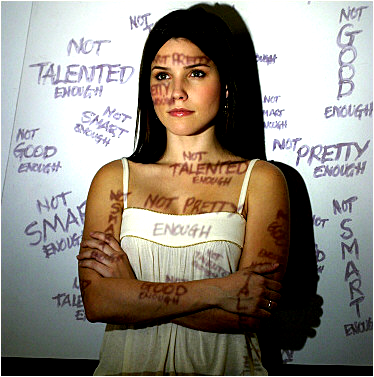
No one noticed, or cared about those little flakes of dandruff, or thought they were anything but normal. No one made character judgments based dandruff. Only TV could convince you that a guy who thought you were hot, would change his mind once he saw the flakes. But people on TV never had flakes.

For years, TV showed us fictional people who were brighter, wittier, more successful and more virtuous than us. When TV showed “real” people, that invariably meant athletes, performing artists, writers etc., always at the pinnacle of their career. Normal people only appeared on TV as game show contestants, where we repeatedly demonstrated how stupid, greedy and craven we were.

As a result, we quit playing the piano and singing, because we really weren’t that good anyway, at least compared to The Osmond Brothers or The Partridge Family. We quit our hobbies, because we could all watch “the big game” on TV, and we stopped talking to each other, because someone smarter, funnier or more entertaining always had something else to say.

We lost a lot of cultural diversity, within our own culture, during that time. Pigeon races, pool halls, and piano teachers all felt the pinch, as people retired from a whole range of leisure activities, to watch TV. Cultural diversity, within the culture, went from a whole variety of activities, each with their own skill sets, knowledge, and physical activity, to which shows you watch.

After a generation of that, we don’t even know enough to answer questions on a game show. Instead, they pit us against each other in elimination competitions, like Survivor or American Idol. These are televised cock-fights, with human beings in the pit. They reinforce the futility of trying to compete in the global economy.

In one-on-one, head to head competition, in a tournament with seven-billion contestants, you have a better chance of hitting the lottery than succeeding in the global economy, on the strength of your own talents. So, why subject yourself to the humiliation of being berated by Simon Cowell? Just get used to living week to week, and good at groveling.

These days TV has to make you feel bad about yourself, cheap. TV no longer commands the media market share that it once held, as more and more people turn to the internet. Where TV allowed corporate interests to exploit known human character weaknesses, the internet helps them discover new ones, and new ways to exploit them.

The internet functions as a gigantic marketing focus group, allowing corporate ad agencies to analyze human behavior on an unprecedented scale. They no longer have to think about how people in general will respond to their sales pitch. They’re now learning what you, as an individual, respond to, and pitching to you individually, based on your own particular insecurities, which they’ve discovered by monitoring your behavior.

This is why we’re fatter, we do less, and we don”t know how to make anything for ourselves anymore. We can’t bear to pull away from these screens anymore, because they’ve become the central focus of our lives, replacing all else. We’re so strung-out now, not only do we pay for the glowing box, we pay for the content. Every month millions of us pay for cable or satellite TV, internet service, and increasingly, a data plan for the mobile phone as well. It’s become a utility, like water or electricity, that we can no longer live without. We can no longer live without it, because of the vast hole that it has created in our lives.

This kind of exploitation wears us down, as people. Normal life becomes more stressful and less rewarding, as we become increasingly insecure and needy. People lose social skills as they spend less time in social situations and more time with their devices. Because of this, difficult social situations become impossible, leading to strategies of denial and repression.

Conversation and public discourse become lost arts, replaced by pundits pushing wedge issues and horse race politics. Not that I think democracy has any redeeming value, but conversation, discussion and debate sure do, and losing this ability cripples us as social creatures. So, while capitalism has flourished in this new media rich environment, we as people have not fared as well. I think its time we acknowledge the damage it has done to our culture, self-concept, and our quality of life.

